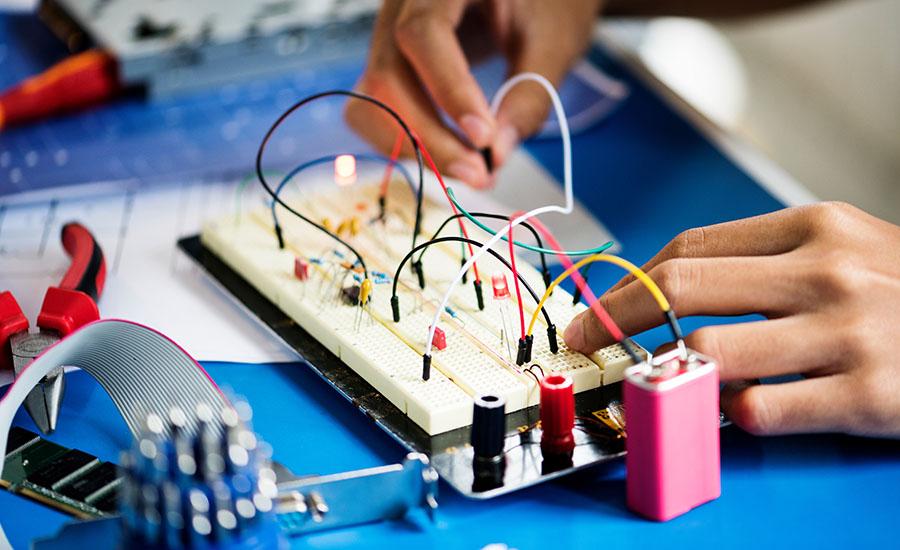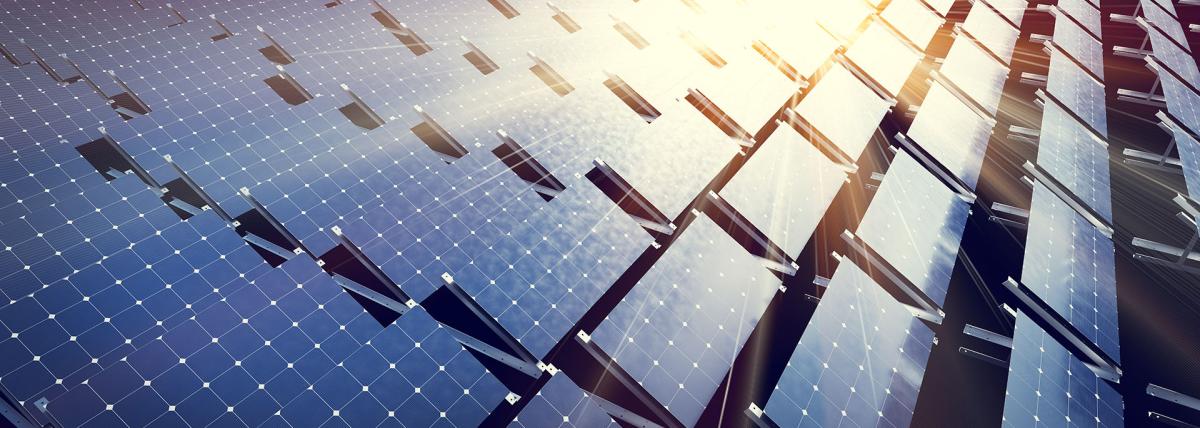
Flow of Energy through Electric Currents
In this lesson, students will develop and use the model of a simple circuit to explain how energy is moved through electric currents. The current and voltage in circuits with 1 dry cell and 2 dry cells are compared. Students observe that the ammeter and voltmeter readings are greater in the circuit with 2 dry cells as compared to the circuit which has only one dry cell. Also, the bulb in the circuit with 2 dry cells glows brighter than the bulb in the circuit with only 1 dry cell. This lesson will show students that as the voltage increases, the current also increases.
Lesson Grade Level
4th GradeLesson Plan Link/URL
https://docs.google.com/presentation/d/1ocU0GLhk-qAn6bA3F-NGh6TgECe59xg3/edit?u…Subject Area
Science Physical Science P4: Energy Transfer Mathematics Measurement and Data (MD) English Language Arts (ELA) WritingRelated Content

After learning about solar, students will create a solar-powered device that can be used by the community. Students work in groups to engineer a device and present the final product to the class.

Students will investigate the difference between amplitude and frequency to see which one transfers more energy. Students will collect data, graph their data, and complete a written conclusion.

The purpose of this lesson is to introduce and apply the concept of frequency. Students will begin by a motivating “click the mouse” challenge. This will help them to develop the concept of frequency